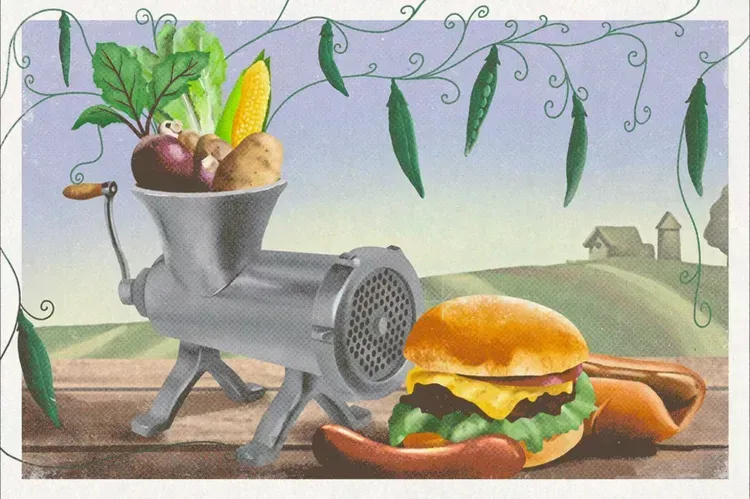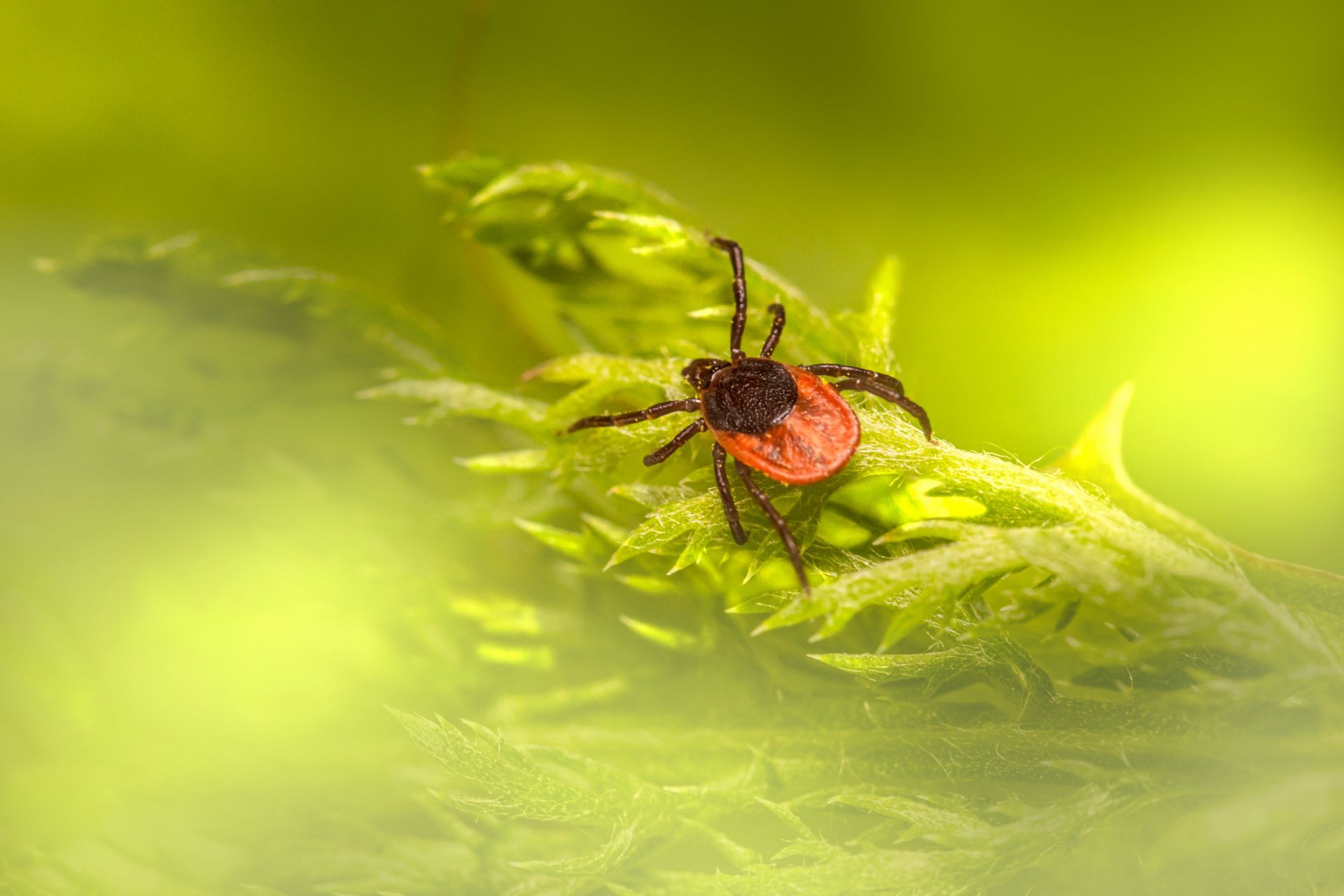Grain Mites, Uggh!
Those Pesky Critters!
Have you ever looked at your feed and saw white dust and wondered how it got there. You look closer and it’s moving! You wonder how did it get there. How could this happen to you! Those critters come in when it is hot and humid, welcome to the Dog Days of Summer. They're looking for food and more little and a bit of reproduction time.
Acarus siro L-Grain mites are common and exist in all grains, but only thrive and appear when the conditions – temperature and humidity – are just right for reproduction and growth. Their ideal environment is warmer than 77 degrees F, and over 85% humidity. Temperature changes, condensation, and poor ventilation may produce areas with enough moisture to encourage mite infestation. If the infestation is heavy, it is best to discard old grain and clean up your feed storage area. Heavily damaged grain has a reduced nutritional value.
Flour or grain mites are pale, pearly or grayish white, with legs varying in color from pale yellow to reddish-brown. Each leg has one claw at the end. As with all mites, they are smooth, wingless, soft-bodied creatures. Female grain mites may lay up to 800 eggs, which are deposited on the surface of food material at the rate of approximately twenty to thirty per day. That’s a lot of eggs! The eggs may be deposited singly or scattered at random over the food material. Grain mites primarily attack the germ, however they will feed on other parts of the grain as well. As well as mold growing on grain.
Prevention is the best strategy to avoid during an infestation in stored grains. Proper sanitation before the introduction of feed into the bin helps to minimize the need for pesticides. Remove all old grains and dust in and around in grain bins.
There are few pesticide solutions to this problem. If infestations are extremely heavy, infested products should be destroyed.
Moderate infestations can be handled a couple of ways, depending upon the value of the commodity, type of commodity, and end use. Fumigation (either methyl bromide or aluminum phosphide) can be effective, but its effectiveness will depend on the product and the product's moisture content. Fumigants will have a difficult time penetrating tightly packed materials (e.g., meal) and moist environments. Remember that only certified applicators can purchase and apply fumigants and that all label directions must be followed.
Conditions that aren’t as severe, you can take care by spraying a pyrethrin. Synergized pyrethrin such as LD-44Z which is a quality farm spray. Bin walls may also be treated as well as feed storage room walls. Tempo 2, a common insecticide will provide a protective barrier for storage areas.
One of the best common practices would also be to purchase only two weeks worth of grain this time of the year.
You might also like
Jaynie Norman


